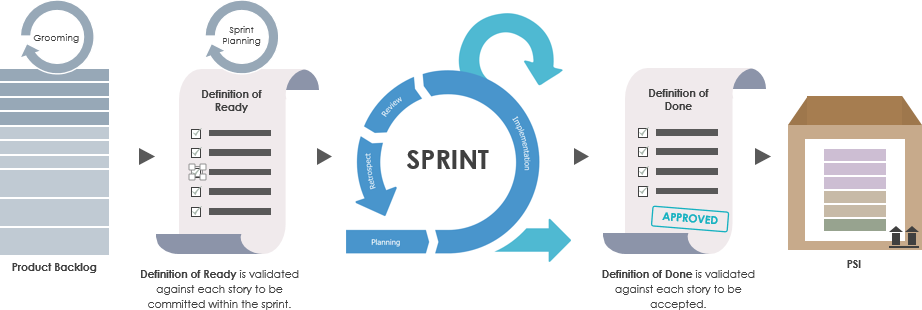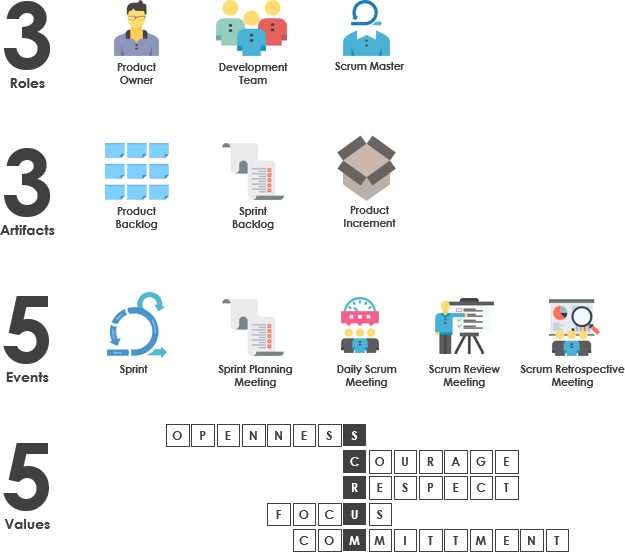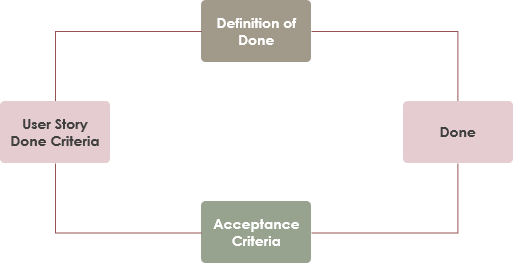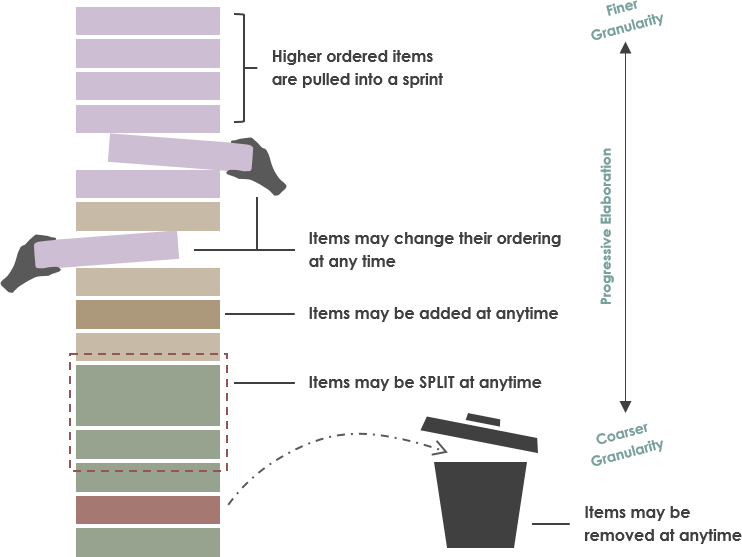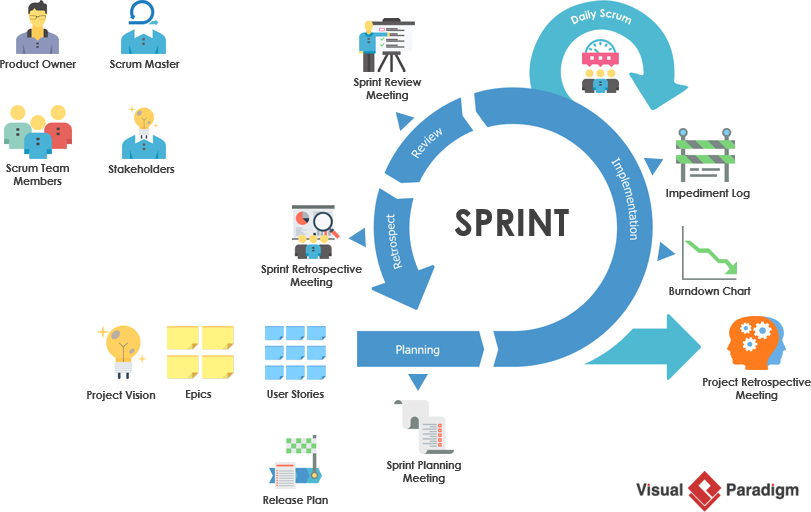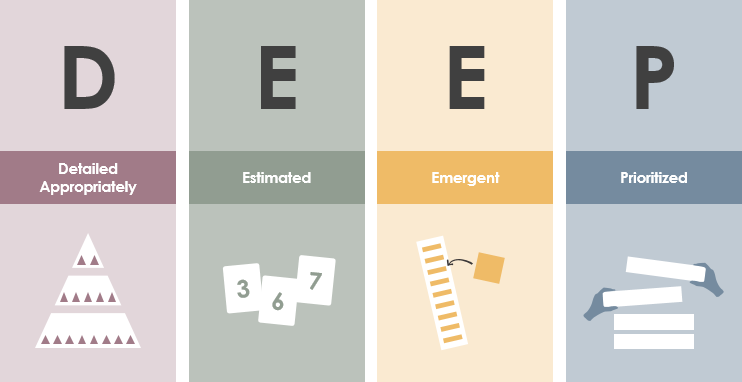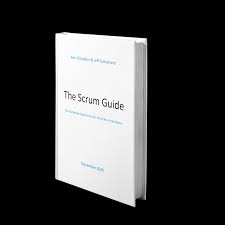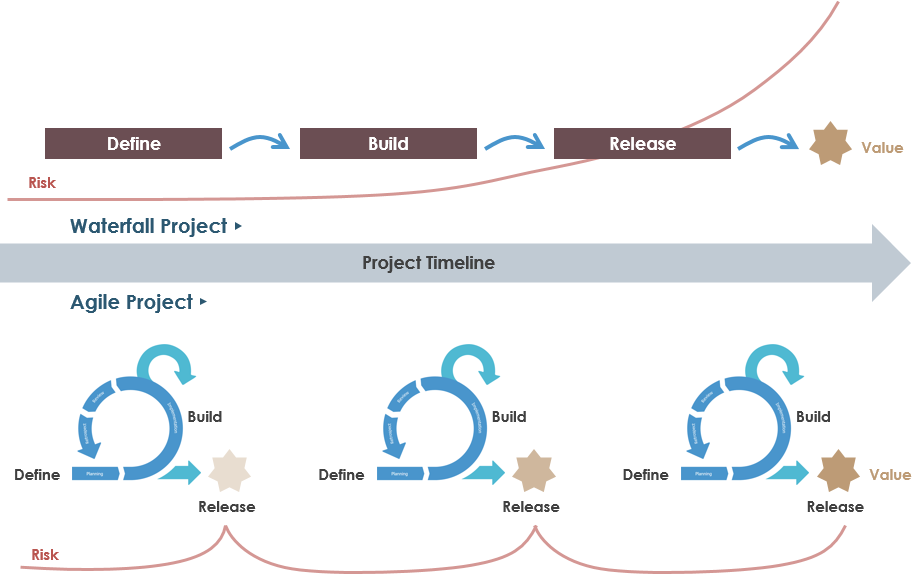The Definition of Readiness (DOR) records when a product backlog item (such as user stories) has worked to the point where it is “likely” to be included in a sprint, while the Scrum team uses DoD to define when all work on a product backlog item (such as user stories) has been completed.
Continue reading